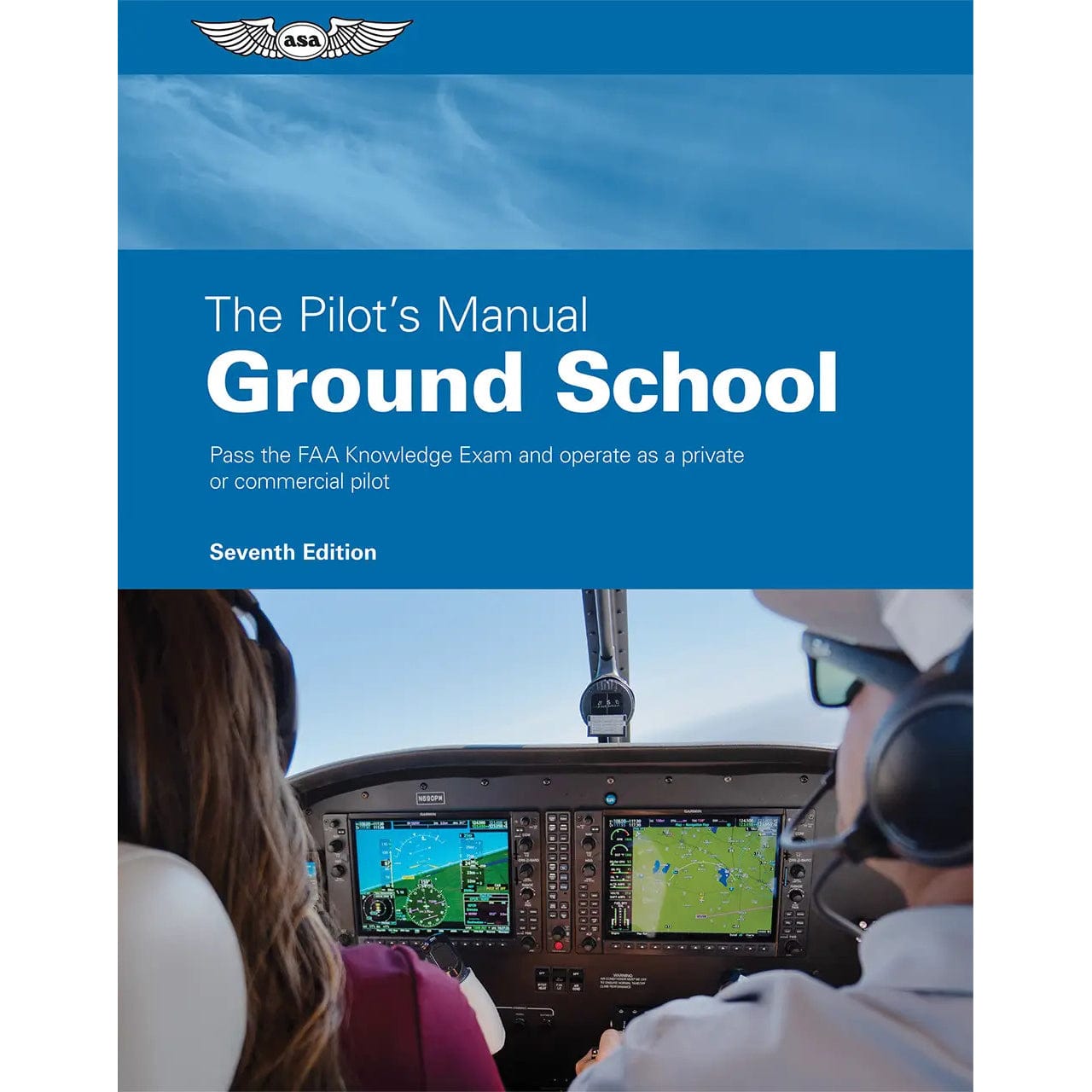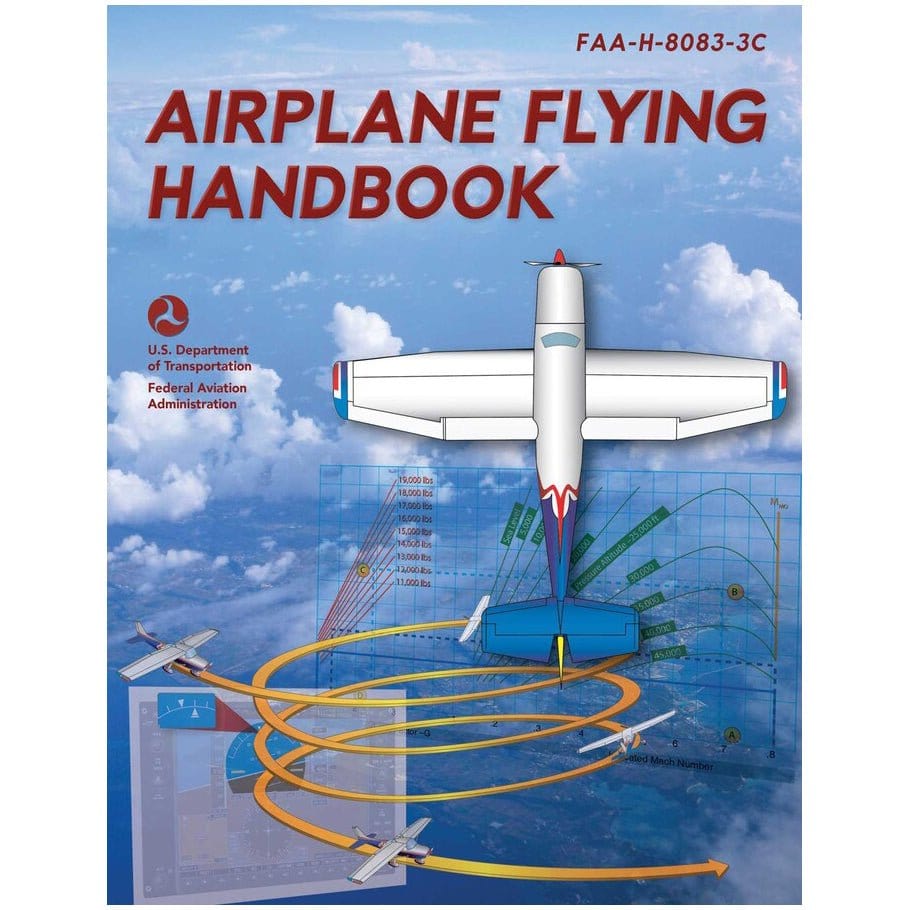La cizalladura del viento, un peligro a menudo invisible, supone un reto en fases importantes del vuelo, especialmente durante los despegues y los aterrizajes.
Cuando se enfrenta a una cizalladura del viento, se enfrenta a cambios repentinos en la velocidad y la dirección del viento que pueden afectar drásticamente el rendimiento de su aeronave. Estos cambios abruptos pueden marcar la diferencia entre una aproximación fluida y una situación peligrosa.
Exploremos qué es la cizalladura del viento, cómo lo pone en riesgo y cómo puede mitigar sus efectos.
RESUMEN
-
La cizalladura del viento implica cambios repentinos en la velocidad o dirección del viento que pueden desestabilizar su aeronave.
-
La cizalladura del viento a baja altura (LLWS) es más peligrosa durante el despegue y el aterrizaje.
-
Los aviones de aviación general enfrentan mayores riesgos debido a sus velocidades de aproximación más lentas.
-
Una planificación cuidadosa y ajustes durante el vuelo le ayudarán a mitigar los efectos de la cizalladura del viento.

¿Qué es la cizalladura del viento?
La cizalladura del viento es un cambio rápido en la velocidad y/o dirección del viento en una distancia corta. Puede ocurrir tanto horizontal como verticalmente y suele estar asociada con fuertes inversiones térmicas o gradientes de densidad.
Si bien la cizalladura del viento puede ocurrir a cualquier altitud, nos centraremos en la cizalladura del viento de bajo nivel, ya que representa el mayor riesgo durante fases críticas del vuelo, como el despegue y el aterrizaje.

¿Qué es la cizalladura del viento de bajo nivel?
La cizalladura del viento de bajo nivel (LLWS) se define como un cambio en la velocidad o dirección del viento de 10 nudos o más por cada 100 pies en una capa de más de 200 pies de espesor, que ocurre dentro de los 2000 pies de la superficie.
Básicamente, esto significa que los cambios rápidos y abruptos del viento cerca del suelo pueden alterar la estabilidad y el rendimiento de una aeronave durante el despegue o el aterrizaje.
Las aeronaves pequeñas de aviación general son realmente susceptibles a los LLWS porque sus velocidades de aproximación son mucho más cercanas a sus velocidades de pérdida.
Incluso pequeños cambios en la velocidad del viento pueden provocar un cambio drástico en la velocidad aerodinámica, lo que puede provocar aproximaciones inestables o aterrizajes peligrosos.
Fuentes comunes de cizalladura del viento de bajo nivel
-
Actividad frontal : la cizalladura puede producirse con frentes de rápido movimiento, en particular aquellos con una diferencia de temperatura en la superficie de 10 °F (5 °C) o más y velocidades de al menos 30 nudos. Estas condiciones suelen indicar la posibilidad de una cizalladura significativa del viento.
-
Tormentas eléctricas : Las violentas corrientes descendentes de las tormentas eléctricas, como la "primera ráfaga" y las ráfagas descendentes, crean cambios rápidos en la velocidad y la dirección del viento. La velocidad de las ráfagas de viento puede aumentar hasta un 50% entre la superficie y los 450 metros de altura, lo que plantea serios desafíos durante la aproximación.
-
Inversiones térmicas : el enfriamiento nocturno puede generar una inversión térmica cerca del suelo. Si a esto le sumamos los fuertes vientos en altura, esta situación puede generar una importante cizalladura del viento, con cambios de 20 a 30 nudos en los vientos de superficie en cuestión de minutos.
-
Obstáculos en la superficie : los edificios, los hangares o incluso las cadenas montañosas cercanas pueden causar cizalladura del viento localizada al interrumpir el flujo del viento cerca de la pista. Estos efectos suelen ser impredecibles y requieren que los pilotos se mantengan alerta.

Tipos de cizalladura del viento
Cizalladura horizontal del viento
Se produce una importante cizalladura horizontal del viento cuando una aeronave atraviesa un plano de cambio de dirección del viento, como cuando cruza un frente frío. Este tipo de cizalladura puede provocar cambios abruptos en la velocidad y la dirección respecto del terreno, lo que requiere correcciones precisas para mantener una trayectoria de vuelo estable.
Cizalladura vertical del viento
La cizalladura vertical del viento, común cerca del suelo, implica cambios rápidos en la velocidad o dirección del viento con la altitud. Esto es especialmente crítico durante el despegue y el aterrizaje, donde una altitud insuficiente puede impedir la recuperación de pérdidas repentinas de sustentación o velocidad aerodinámica.
Riesgos asociados con la cizalladura del viento
Variaciones de velocidad aerodinámica y rendimiento
Un cambio repentino de un viento en contra a un viento de cola (o calma) puede reducir drásticamente la velocidad aerodinámica, inclinar el morro hacia abajo y hacer que el avión descienda por debajo de la senda de planeo.
Donde la cizalladura de un viento de cola a un viento en contra puede aumentar su velocidad aerodinámica, inclinar la nariz hacia arriba y hacer que el avión se eleve por encima de la senda de planeo.
Si el piloto no ajusta la potencia o el paso con la suficiente rapidez, estas situaciones pueden provocar:
-
Aterrizajes bruscos o salidas de pista.
-
Aterrizaje fuera de la pista.
-
Accidentes catastróficos en casos graves.
Cizalladura relacionada con tormentas eléctricas
Las corrientes descendentes de las tormentas eléctricas pueden superar los 720 pies por minuto a 300 pies sobre el nivel del suelo (AGL), abrumando las capacidades de ascenso de la mayoría de las aeronaves.
Desafíos del enfoque
LLWS puede hacer que las aproximaciones sean impredecibles, requiriendo que los pilotos realicen ajustes inmediatos y precisos en la potencia, el cabeceo y el empuje.
¿Cómo evitan los pilotos la cizalladura del viento?
Planificación previa al vuelo
-
Revise los pronósticos de vientos en altura: busque fuertes corrientes en chorro o vientos racheados a bajas altitudes.
-
Monitorear informes TAF: Verifique las alertas de cizalladura del viento, a menudo marcadas como “WS” en el pronóstico del aeródromo terminal (TAF).
-
Analizar el clima de la superficie: identificar posibles desencadenantes de cizalladura, como diferencias de temperatura o tormentas eléctricas cercanas.
Mitigación en vuelo
-
Detección temprana: utilice sistemas a bordo como alertas de cizalladura del viento y radar meteorológico para anticipar LLWS.
-
Ajustar rutas de vuelo: modifique la altitud o la ruta para evitar áreas propensas a ráfagas y cambios rápidos de viento.
-
Comunicar: Manténgase informado a través de actualizaciones del control de tráfico aéreo y otros informes de pilotos.

Preguntas frecuentes
-
¿Cómo evitan los pilotos la cizalladura del viento?
Los pilotos dependen de las actualizaciones meteorológicas, las alertas a bordo y los ajustes de vuelo proactivos para minimizar los riesgos. Una comunicación eficaz con el control del tráfico aéreo garantiza que se mantengan informados sobre las condiciones actuales del viento.
-
¿Pueden los aviones aterrizar con cizalladura del viento?
Sí, pero solo si la cizalladura del viento se encuentra dentro de límites manejables. Los pilotos pueden realizar una maniobra de aproximación frustrada si las condiciones no son seguras.
-
¿Qué estaba mal con la cizalladura del viento?
La cizalladura del viento en sí no es “mala”, pero se vuelve peligrosa cuando conduce a variaciones rápidas e incontrolables de la velocidad del aire.
-
¿Cuál es la diferencia entre turbulencia y cizalladura del viento?
La turbulencia implica movimientos irregulares del aire, que a menudo provocan temblores leves o intensos. La cizalladura del viento se refiere específicamente a cambios abruptos en la velocidad o dirección del viento.
-
¿Cuáles son los signos de cizalladura del viento?
Los pilotos pueden detectar la cizalladura del viento a través de:
-
Cambios inesperados en la velocidad del aire.
-
Cambios repentinos de altitud o inclinación.
-
Alertas de los sistemas de detección de cizalladura del viento a bordo.
-
Informes del control de tráfico aéreo u otros pilotos.
-
-
¿Cuál es el tipo de cizalladura del viento más peligroso?
Las LLWS durante el despegue o el aterrizaje se consideran las más peligrosas porque se producen cuando la aeronave está cerca del suelo, lo que deja poco tiempo para la recuperación. Las cizalladura del viento relacionadas con las tormentas eléctricas, como las ráfagas descendentes y las microrráfagas, plantean riesgos especialmente graves.
-
¿Cómo pueden los pilotos recuperarse de la cizalladura del viento durante el aterrizaje?
Si un piloto se encuentra con cizalladura del viento durante el aterrizaje, es posible que deba:
-
Aplique el máximo empuje para recuperar la velocidad perdida.
-
Ajuste el cabeceo para mantener la trayectoria de planeo adecuada.
-
Ejecute una maniobra de aproximación frustrada si la recuperación no es factible dentro de la distancia de pista disponible.
-
-
¿Qué es la cizalladura frontal del viento?
La cizalladura frontal del viento se produce cuando un frente que se mueve rápidamente, normalmente un frente frío, crea cambios abruptos en la velocidad o dirección del viento. Según la FAA, "no todos los frentes tienen cizalladura del viento asociada. De hecho, la cizalladura normalmente es un problema solo en aquellos frentes con gradientes de viento pronunciados". Esto significa que es más probable que se produzca cizalladura del viento con frentes que tienen cambios rápidos en la velocidad y dirección del viento en una distancia corta, como los frentes fríos que se mueven rápidamente.
Llevar
La cizalladura del viento puede suponer un grave riesgo, especialmente durante el despegue y el aterrizaje. Como piloto, es importante comprender sus orígenes, reconocer sus tipos y aplicar estrategias de mitigación adecuadas.
Su objetivo siempre debe ser esforzarse por lograr operaciones más seguras en condiciones climáticas difíciles.
¿Interesado en el clima de aviación?
¡Nuestras guías están diseñadas para ayudar!
-
Los frentes meteorológicos y el vuelo: lo que todo piloto debe saber
-
Consejos y trucos para vuelos en invierno en condiciones de frío
-
Techos de nubes: lo que los pilotos deben saber (guía completa)
¿Le resultó útil este artículo?
¿Crees que nos hemos olvidado de alguna pregunta importante de la entrevista? ¡Cuéntanoslo en los comentarios a continuación!









